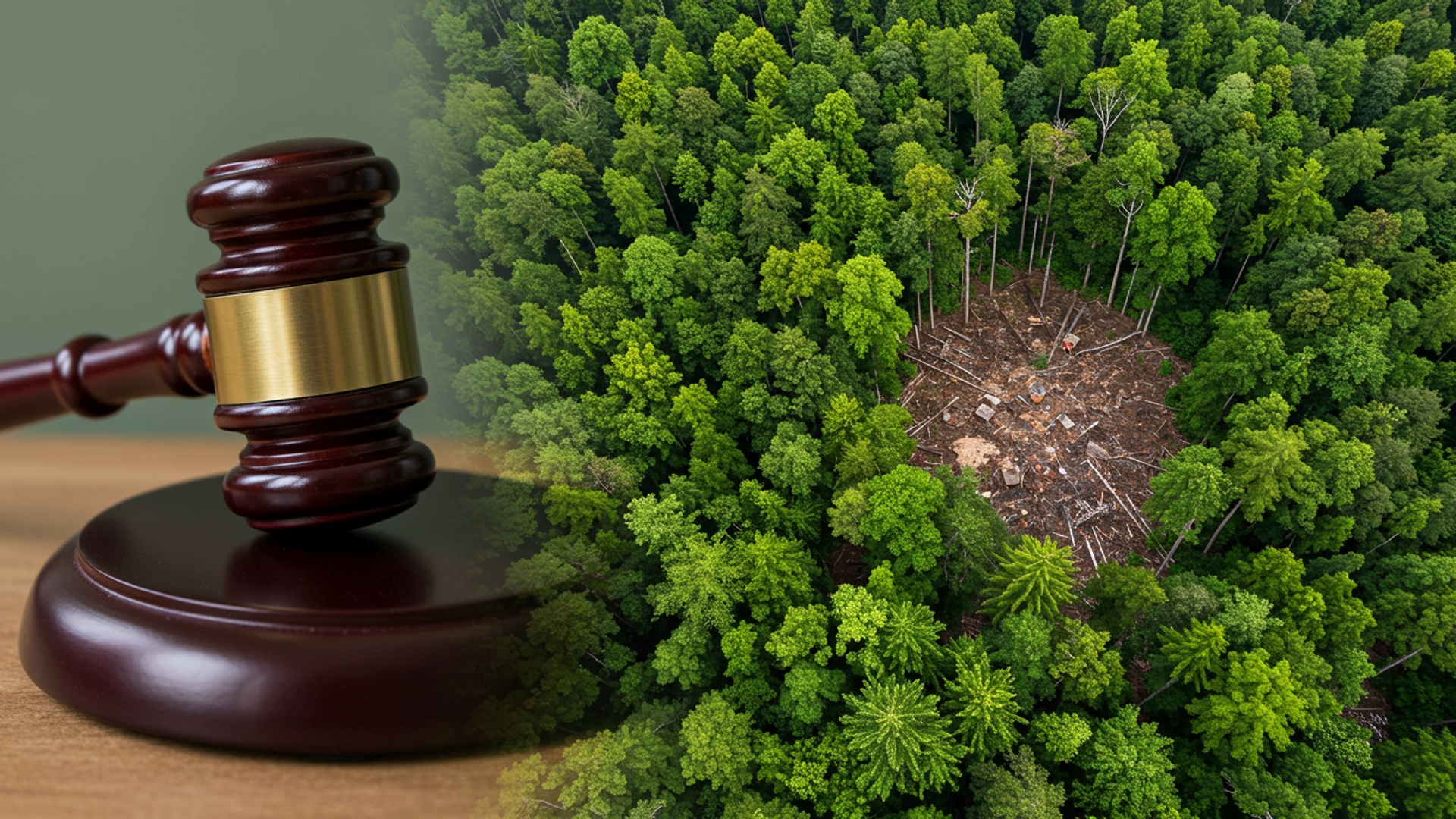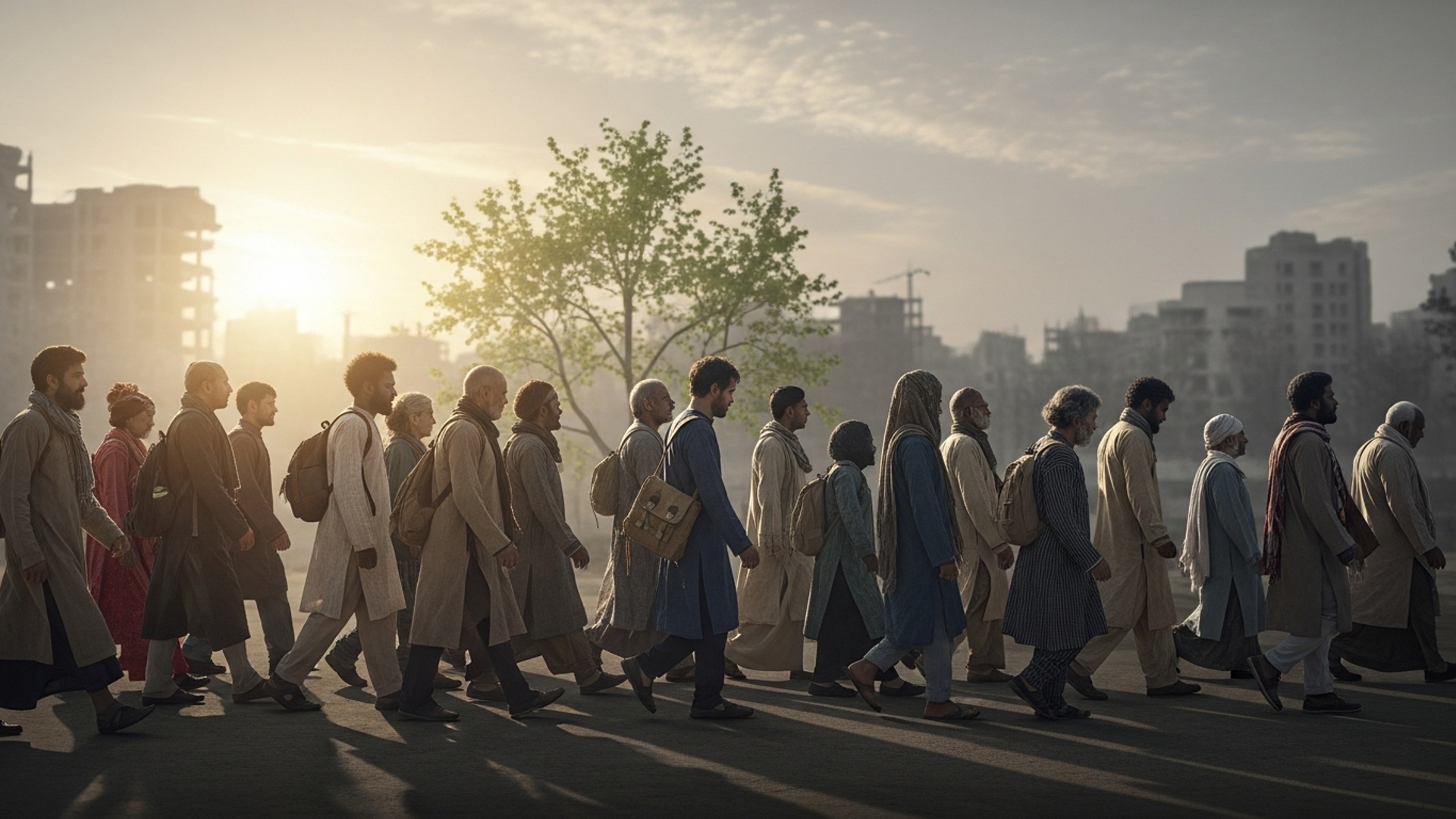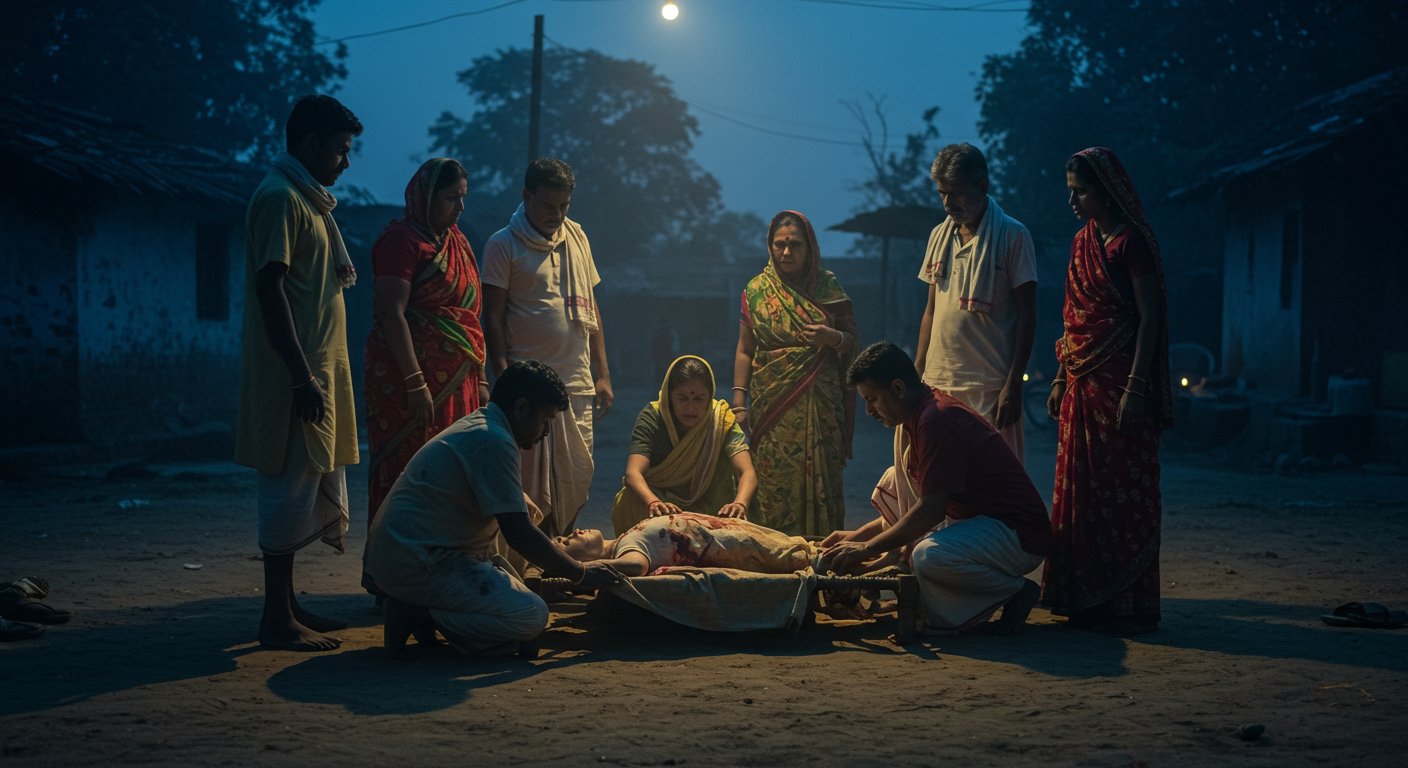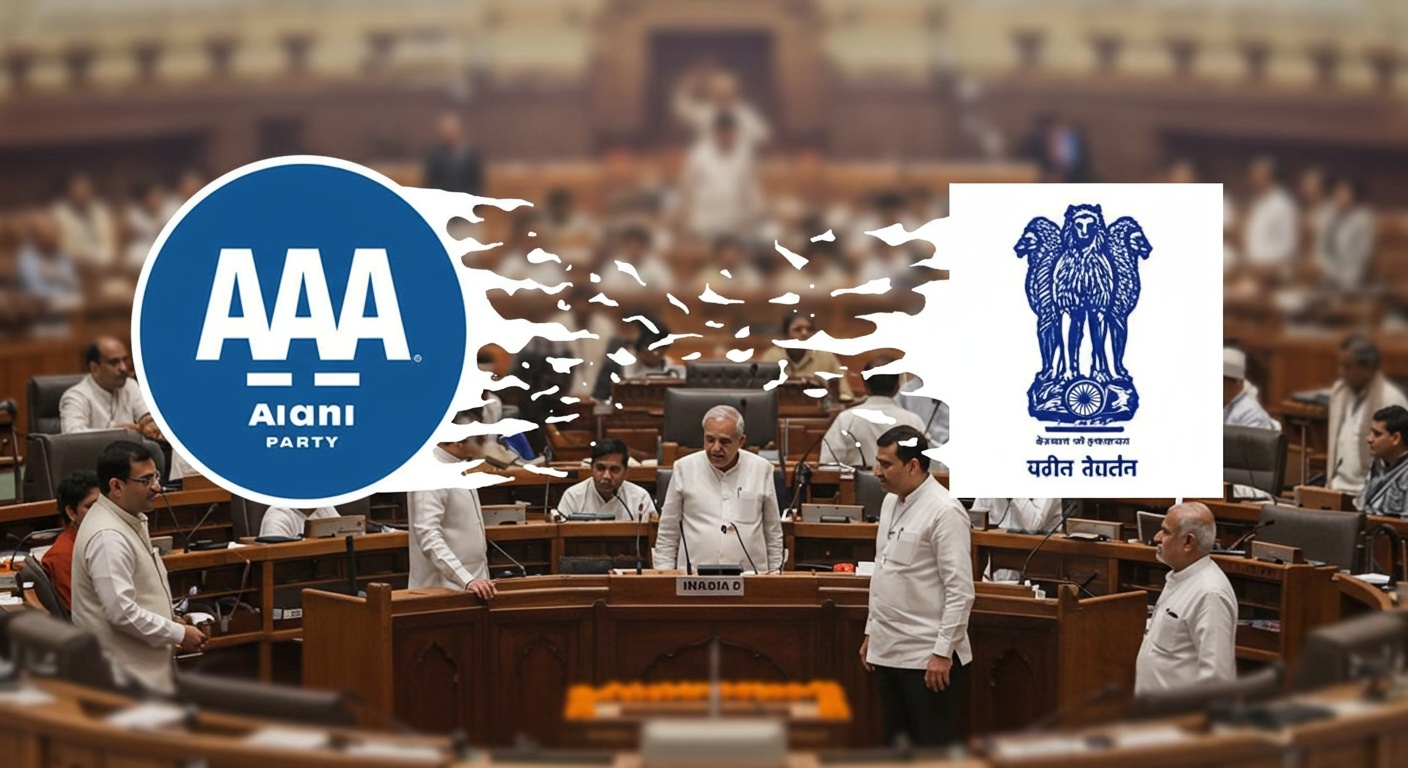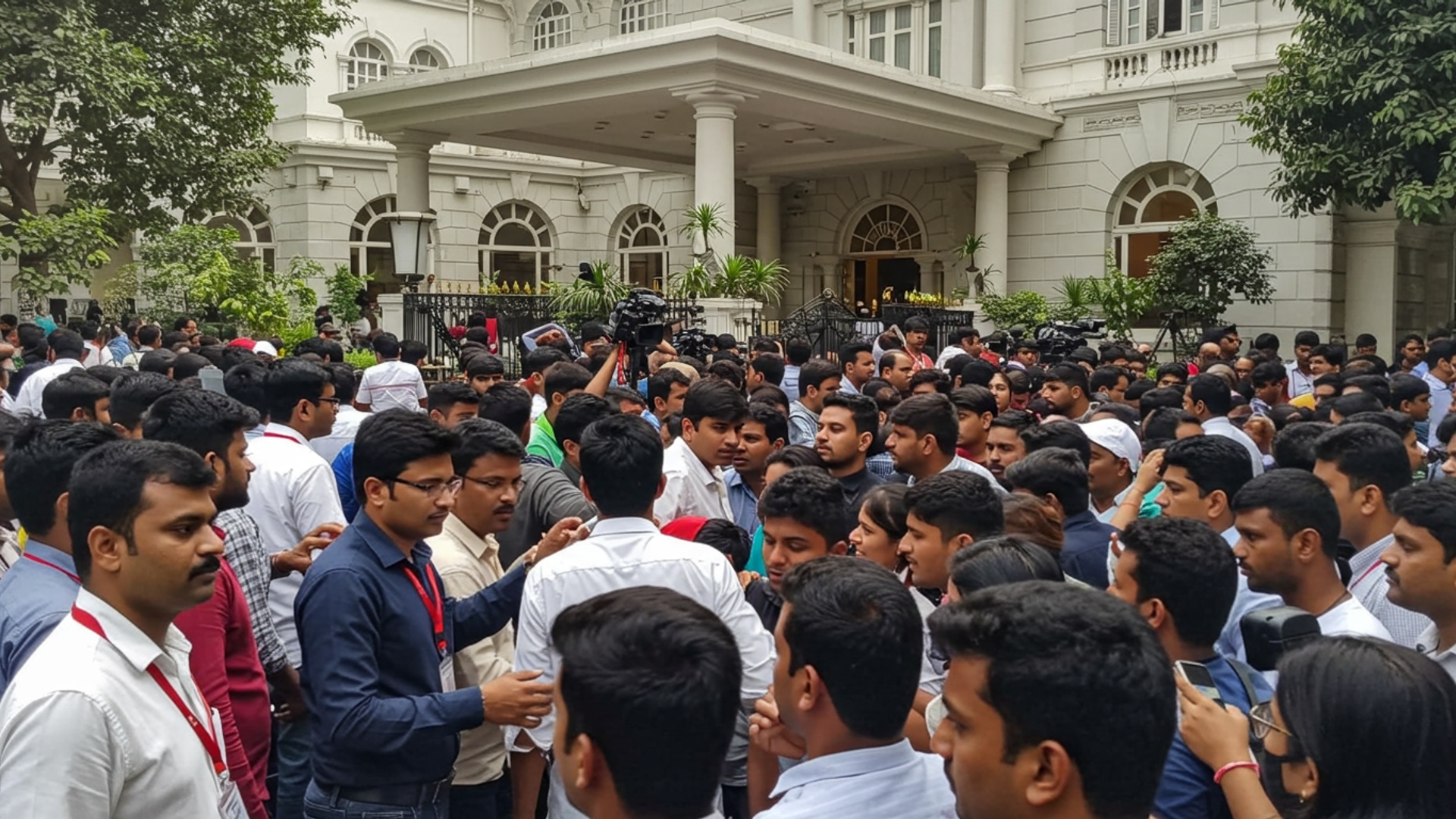The Supreme Court today issued a strong order, telling the state of Telangana to quickly put forward a full plan for bringing back its forests. This urgent command comes as worries grow about fewer green areas and ongoing harm to essential forests all over the state. The top court’s action shows a serious need to look after nature, pushing Telangana to act fast on its duty to keep natural things safe for people in the future. This is a big moment in efforts to fix problems with the environment, with the court saying quick and good steps are needed to make the lost forests grow again.
Court Demands Detailed Restoration Plan
The Supreme Court of India has given the Telangana government a strict six-week deadline to present a clear and complete plan for restoring the forest land in Kancha Gachibowli. The court’s latest order, issued on August 13, 2025, clearly stated that the state must submit a “good proposal” for putting the destroyed forest area back in order. This includes replanting the trees that were removed.
During the hearing, a bench including Chief Justice B. R. Gavai and Justice K. Vinod Chandran stressed that while development is vital, it must not harm the environment. The court repeated its view that growth needs to be sustainable. “Development cannot mean the unchecked destruction of forest areas,” the court said, guiding the state to make sure all its projects follow environmental laws and get necessary clearances.
The court welcomed the Telangana government’s statement that it is working on a plan that will try to find a balance between the needs of development and protecting nature and wildlife. But, it made it clear that the damaged forest must be brought back.
Reason for Court Action
The Supreme Court’s strong action comes after a significant number of trees were cut down in the Kancha Gachibowli area, which is located near the University of Hyderabad. The court took up this matter on its own on April 3, 2025, after various news reports showed large parts of green cover being removed.
Reports suggested that over 40,000 trees were cut down between March 30 and April 2, 2025. This tree felling reportedly happened during a long weekend when courts were not open, which led the Supreme Court to describe the action as “prima facie pre-planned” and “rushed”. The court was especially concerned when it saw pictures of animals trying to find shelter after their homes were destroyed.
The Telangana government had at first claimed that the land belonged to the government and was not forest land, saying it was meant for building IT parks and improving city life. But the Supreme Court clarified that forest land, according to law, includes any area that looks like a forest in common understanding or is recorded as such in government papers. The court also made it clear that permission from the court is needed to cut trees, even on private forest lands.
The Kancha Gachibowli area is highly vital for the environment, often called the “lungs of Hyderabad.” It is a vital spot for many different kinds of plants and animals. This area is home to over 455 species of plants and animals, including rare birds and protected species like the Indian rock python and star tortoises. It plays an essential part in refilling underground water and helps to keep the city cooler. Its destruction has caused a lot of worry among local people who see it as key to Hyderabad’s environmental health.
Students from the University of Hyderabad, along with environmental groups and citizens, have protested against the clearing of this land, highlighting its value as a green space.
Warnings and Previous Directives
This is not the first time the Supreme Court has issued strong warnings to the Telangana government regarding this matter. On April 16, 2025, the court sharply criticized the state for its swift actions. It ordered the state to submit a clear plan to restore the 100 acres of cleared land. The court warned that if a plan was not provided, top government officials could face “severe action.”
Later, in May 2025, the court increased its warning, stating that the Chief Secretary and other officials could be sent to a “temporary prison” if the destroyed forest was not restored. The Chief Justice had emphasized that it was the state’s choice: either bring back the forest or face the possibility of officials being jailed.
The court had also directed the Central Empowered Committee (CEC), a group that helps the Supreme Court with complicated environmental issues, to visit the site in person and give a report. As a result of these strong directives, Senior Advocate Abhishek Singhvi, who is representing the Telangana government, has confirmed to the court that all tree-cutting activities in the area have been stopped.
The court’s repeated emphasis shows its commitment to ensuring that environmental laws are followed strictly. It has consistently highlighted that development activities must include measures to lessen harm and make up for environmental damage.
State’s Wider Forest Situation
The situation in Kancha Gachibowli is part of a larger problem of forest cover decline in Telangana. According to the India State of Forest Report (ISFR) 2023, Telangana experienced a net loss of 100 to 105. 87 square kilometers of forest cover between 2021 and 2023. This places Telangana among the states with a notable decrease in forest cover, ranking third nationally in 2023 after Madhya Pradesh and Andhra Pradesh. In another comparison, it was the second highest in forest cover decrease in two years after Tripura.
The report pointed out that significant forest loss happened in districts such as Adilabad, Bhadradri Kothagudem, Kumuram Bheem Asifabad. Nirmal.
Over the last fifty years, Telangana has lost about 1. 2 million acres of forest land. This amount is roughly 10 percent of its total forest cover. This loss has been due to various reasons, including the distribution of land titles for farming (known as podu cultivation). the building of public services and infrastructure projects. Between 2014 and 2024, approximately 4. 28 lakh acres of forest land were used for development projects. Telangana ranks third in India for the amount of forest area lost for development projects during this period. For example, the Kaleshwaram Lift Irrigation Project alone caused the loss of 7,829 acres of forest.
Concerns have also been raised about the functioning of the Forest Department itself. Reports indicate a lack of enough staff, with many crucial posts remaining empty. This can make it harder to protect forests from illegal activities and changes in land use.
Despite these challenges, the Telangana government has also launched initiatives like “Telangana Ku Haritha Haram” (Green Garland of Telangana), aiming to increase the state’s green cover from 24 percent to 33 percent. This program involves planting a large number of saplings both inside and outside forest areas.
Next Steps for the State
Following the Supreme Court’s latest order, the Telangana government now has six weeks to develop and submit its detailed forest restoration plan. Senior advocate Abhishek Singhvi, representing the state, has assured the court that all tree-felling activities have stopped. He also stated that the government is working on a wider plan that aims to balance development needs with the need to protect forests, lakes. wildlife.
The court has clearly indicated that it will be looking for a comprehensive and effective proposal. The Chief Justice has even suggested that if a “good proposal” is submitted, the court would consider withdrawing its previous strong observations and offer a compliment to the state. But, the court’s main requirement remains firm: the destroyed forest must be restored.
This directive puts significant pressure on the Telangana government to show its commitment to environmental protection. It highlights the critical need for all development projects to consider their impact on nature and include measures to repair any damage caused. The upcoming plan will be a key step in showing how the state intends to manage its growth while also safeguarding its valuable natural resources.
![]()
